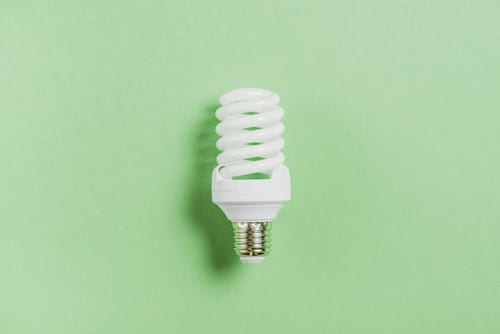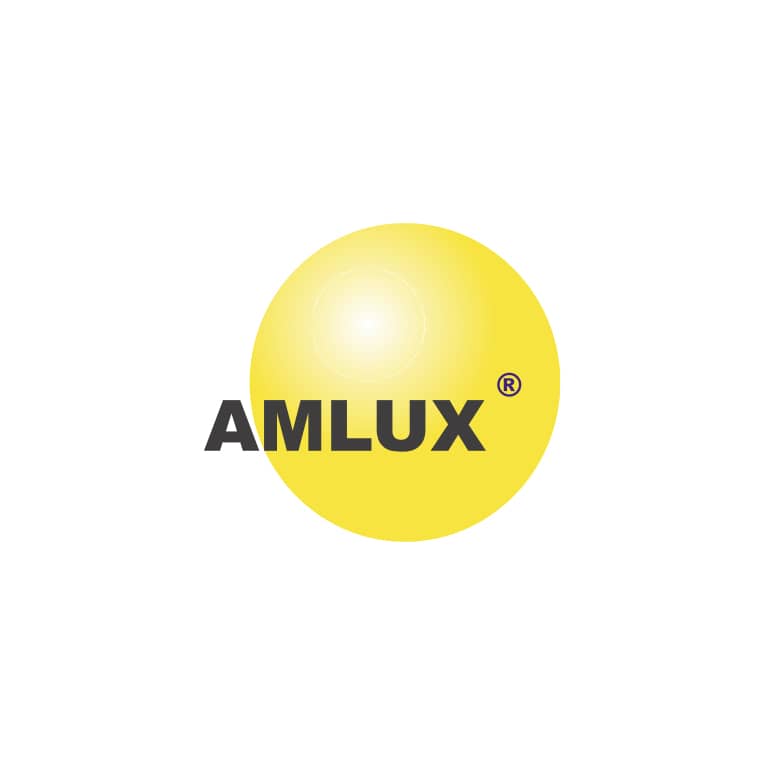
31 July 2023
Energy saving bulbs: which ones to choose?
Characteristics and main differences between types of energy-saving light bulbs
Energy-saving light bulbs (also known as low-energy bulbs) are designed to use less energy compared to traditional incandescent light bulbs. They are available in various shapes and sizes, including fluorescent or LED models.
Toward reduced consumption thanks to energy-saving light bulbs
Reducing energy consumption from lighting is critically important for several reasons.
First of all, the field of lighting is a major contributor to energy consumption both at the household level and in industry.
Reducing energy consumption for lighting goes a long way toward reducing the need to produce energy, which is often obtained from nonrenewable sources such as coal or oil. This results in lower greenhouse gas emissions and a smaller environmental impact.
In addition, the use of energy-efficient lamps has the great advantage of achieving the same level of illumination with less energy consumed.
This results in a significant reduction in energy costs, both at the household and business level, helping to save money and improve economic sustainability.
Finally, reducing energy consumption related to lighting is an important step toward a more sustainable and responsible lifestyle. By adopting more efficient lighting solutions, we help preserve our planet's natural resources and limit global warming, protecting the environment for future generations.
Fluorescent light lamps for energy saving
Fluorescent light bulbs are another type of energy-efficient lighting. These lamps work by the phenomenon of fluorescence, in which an electrical discharge passes through a gas (usually mercury vapor) contained within the glass tube, generating visible light.
These types of bulbs are much more efficient than traditional incandescent or halogen bulbs because fluorescent light lamps convert more energy into light rather than heat. In figures, we are talking about 4 to 7 times the luminous efficiency of incandescent lamps.
Despite the numerous advantages, it is essential to consider that fluorescent light lamps contain a small amount of mercury, a toxic substance that requires appropriate disposal. Therefore, it becomes essential to properly recycle these lamps at dedicated collection points.
In addition, these bulbs take a few moments to reach full brightness after being turned on; this is because the gas in fluorescent light lamps needs a short period of time to reach steady-state brightness.
LED light bulbs: the ultimate energy saver
Energy-saving LED light bulbs are a modern lighting technology based on the emission of photons by diodes through an electronic circuit.
These light bulbs are far more efficient compared to traditional incandescent bulbs and fluorescent light lamps, as they convert almost all of the energy into light rather than heat.
The advantages of LED light bulbs are numerous:
- High energy efficiency: LED light bulbs allow for savings of about 90% compared to traditional incandescent bulbs, 85% compared to halogen lamps, and 60% compared to fluorescent bulbs.
- Long lifespan: LED light bulbs have a much longer lifespan compared to traditional incandescent bulbs and fluorescent lamps. The lifespan can reach up to 20,000 hours under certain usage conditions.
- Instantaneous startup: compared to fluorescent lamps, LED light bulbs turn on instantly, providing a constant and stable light from the very first moment.
- Shock and vibration resistance: LEDs are solid-state devices without filaments or moving parts; this makes them more resistant to shocks and vibrations compared to traditional lamps.
- Wide range of colors and temperatures: LED light bulbs are available in different color temperatures and shades, allowing you to choose the light that best suits your needs and create the desired atmosphere in your rooms.
- No emission of ultraviolet or infrared rays.
- Environmentally friendly: due to the higher efficiency and lower amount of waste produced, LED technology helps reduce environmental impact and greenhouse gas emissions.
Conclusions and the role of Amlux in providing energy-efficient light bulbs
In conclusion, among all energy-saving bulbs, the best and most efficient is undoubtedly the LED bulb.
With its high energy efficiency, long life, and high-quality light, LED bulbs are the ideal choice for reducing energy consumption, saving money, and preserving the environment.
At Amlux, we have a wide selection of low-power LED bulbs: from low voltage to retro style lamps, from PAR to specialty bulbs, all of our products are designed to efficiently light indoor and outdoor environments.
Contact us now for more information!








